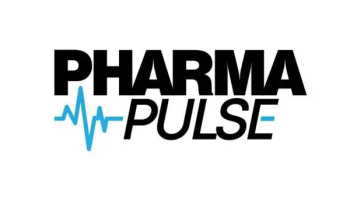
- Pharmaceutical Commerce - June 2009
More tools for evaluating DTC advertising
As direct-to-consumer advertising declines, vendors offer tactical aids to marketers
A direct-to-consumer targeting and media guidance service called Smart has been announced by marketing consultancy Copernicus in Waltham, MA. Separately, promotions response solutions intended to optimize marketing budgets have been unveiled by healthcare analytics provider SDI (Plymouth Meeting, PA). The offerings are well timed: DTC advertising dropped 8% in 2008 after a 4% drop in 2007, as tracked by SDI.
Smart from Copernicus provides a “right-sized” version of a marketing strategy engagement, according to a company announcement. The service provides DTC marketers with what it calls the three essentials elements of a high-performance marketing strategy: A target representing the biggest DTC-driven profit opportunity for a brand; a media budget size and media strategy diagnostics; and a media plan based on syndicated databases.
Senior VP Eric Paquette says it doesn't make sense for drugmakers to invest in media if the market dynamics aren’t right for their brand. Spending more on DTC advertising historically hasn't done much to improve the performance of ad campaigns, he says, unless equal effort is spent on determining “which patients have the highest potential value to a brand and how to reach them with media first,” according to the announcement.
Smart requires a 30- to 60-day timeframe for results and is available for “a price that fits a modest research budget,” the announcement says.
SDI reports that promotional spending has tapered off, largely the result of the shrinking pool of blockbusters. Total promotional expenditures increased just 1% in 2008, as tracked by SDI, which includes the 8% drop in DTC expenditures; spending has grown an average of 2% annually from 2004 to 2008.
SDI’s HIPPA-compliant promotion response solutions target marketers’ need to show return on investment for promotional campaigns targeting patient/consumers and prescribers. It leverages the company’s de-identified longitudinal patient data sets, which comprise more than 100 sources and 200 million patients. Data sources include pharmacies, pharmacy benefit managers, and payers.
Metrics include acquisition, conversion, retention, and prescribing behavior following campaigns, with analyses delivered in about 10 days, according to the company.
Articles in this issue
over 13 years ago
Drug Wholesalers and the Generic Price Waralmost 16 years ago
Reverse Logistics Service Providers Deal with Safety and Environmentover 16 years ago
Surveying the Mental Health Medication Landscape - Part 1over 16 years ago
Eurand Scores With Orally-Disintegrating Form Of GSK's Lamictalover 16 years ago
3M Drug Delivery Expands Inhaler Optionsover 16 years ago
Smith Drug Co. Opens a Third Distribution Centerover 16 years ago
The Shape of the Electronic Medical Record MarketNewsletter
Stay ahead in the life sciences industry with Pharmaceutical Commerce, the latest news, trends, and strategies in drug distribution, commercialization, and market access.




